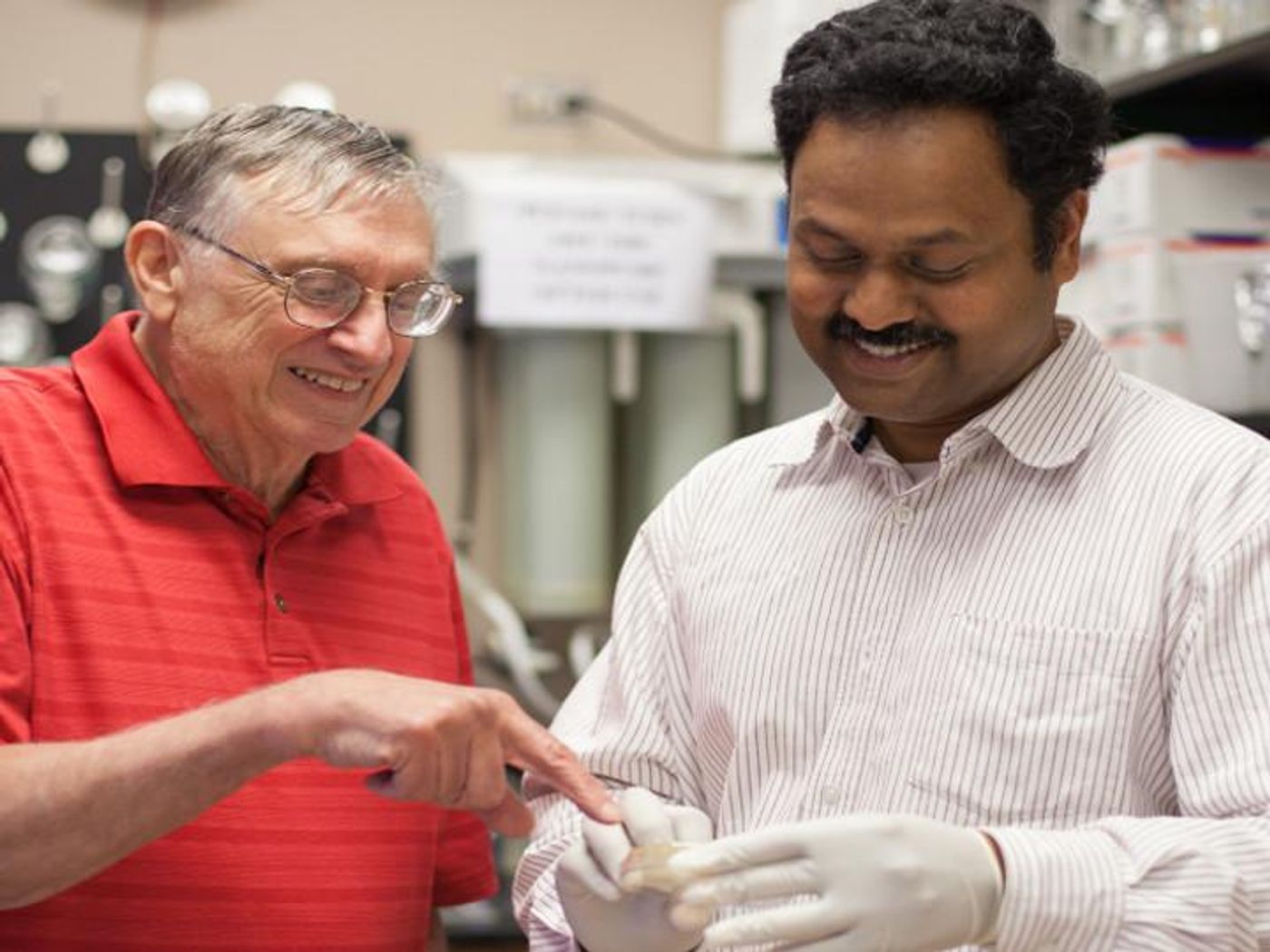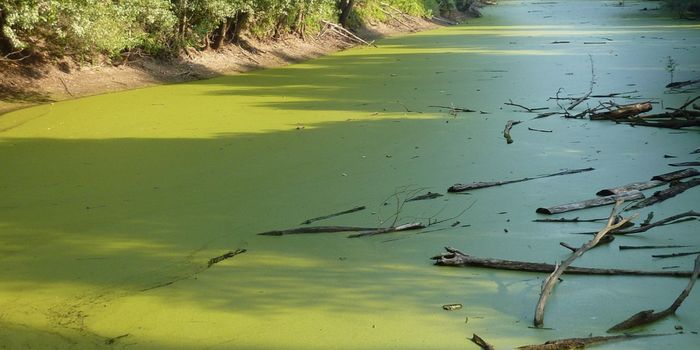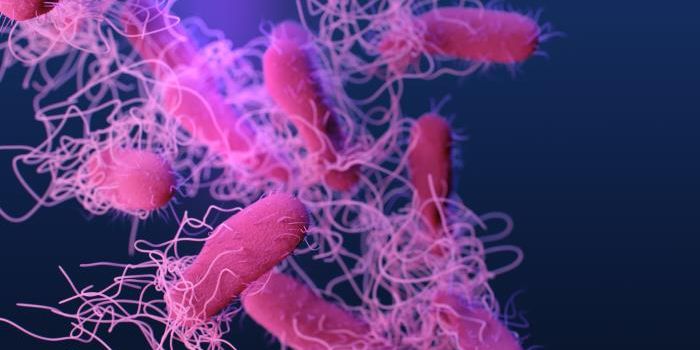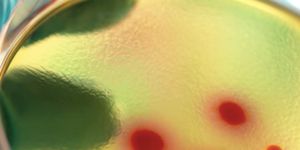Stopping Bacterial Spores From Getting Into Space
Humans can contaminate space; microorganisms can find their way onto and into stuff that gets sent into space, even though care is taken to decontaminate spacecraft prior to launch. Spores from Earth are entering space, with unknown consequences. Scientists in the lab of George Fox at the University of Houston are studying how spores can evade decontamination protocols; the aim is to learn more about how to stop that contamination. Their findings have been reported in BMC Microbiology.
NASA uses a special sterilized room to assemble space-bound tech. The world’s biggest clean room is housed in the Jet Propulsion Laboratory (JPL) in Caltech, California. Lab members have to pass through a series of steps and wear protective gear to ensure they are totally disinfected - to protect the spacecraft. Even after the adhesive foot pads and the forced-air showers, bacteria still get through. Those cleaning processes are also acting to filter out weak bacteria, which makes tough bacteria even stronger.
"No matter what we do, some bacterial spores appear to be finding ways to escape decontamination," said Madhan Tirumalai, a post-doctoral biologist in Fox's lab. "I'm trying to understand what makes these spores so special at their genomic level and relate these features with their ability to evade decontamination measures."
Bacteria have been found on the Mars Rover and the International Space Station. The microbes that can survive those extremes could lead to ‘forward contamination.’
"The search for life elsewhere is impacted by the possible transport of organisms from Earth to solar system bodies of interest," said Fox, Moores Professor of Biology and Biochemistry and Chemical and Biomolecular Engineering at UH.
In this study, the team assessed harmless microbes that are members of the Bacillus genus, and make extremely resistant spores. They were gathered from assembly facilities and clean rooms at JPL. Take a tour of the JPL clean room in the video.
The genomes of two strains that are resistant to radiation and peroxide were sequenced - B. safensis FO-36bT and B. pumilus SAFR-032. Those genome sequences, and that of another strain called B. safensis JPL-MERTA-8-2 (found on Mars Odyssey Spacecraft) were compared to a bacteria that makes spores that are resistant to radiation and peroxide, B. pumilus ATCC7061T.
"The genome blueprint gave us the basic clues of what the organism might be harboring," said Tirumalai. They compared those blueprints to one another and found ten genes that are only found in FO-36b. Those genes have unknown functions, which may have something to do with B. safensis FO-36bT resistance to radiation and peroxide. The presence or absence of particular genes has not been definitively linked to the variations in resistance, yet.
"It is quite possible that distinctions in gene regulation can alter the expression levels of key proteins thereby changing the organism's resistance properties without gain or loss of a particular gene. These are potential genes of interest with respect to the resistance of the spores of this strain" said Tirumalai.
A virus that infects a bacterium is called a phage, and some of those interesting genes that the team found are also located in elements of the bacterial genome that are similar to phages. Phages can move genes between organisms.
"The task to eliminate microbes in clean rooms, where spacecraft are assembled, or aboard spacecraft, will continue to be a challenge for NASA and other space agencies," concluded Tirumalai.
Sources: AAAS/Eurekalert! via University of Houston, BMC Microbiology









